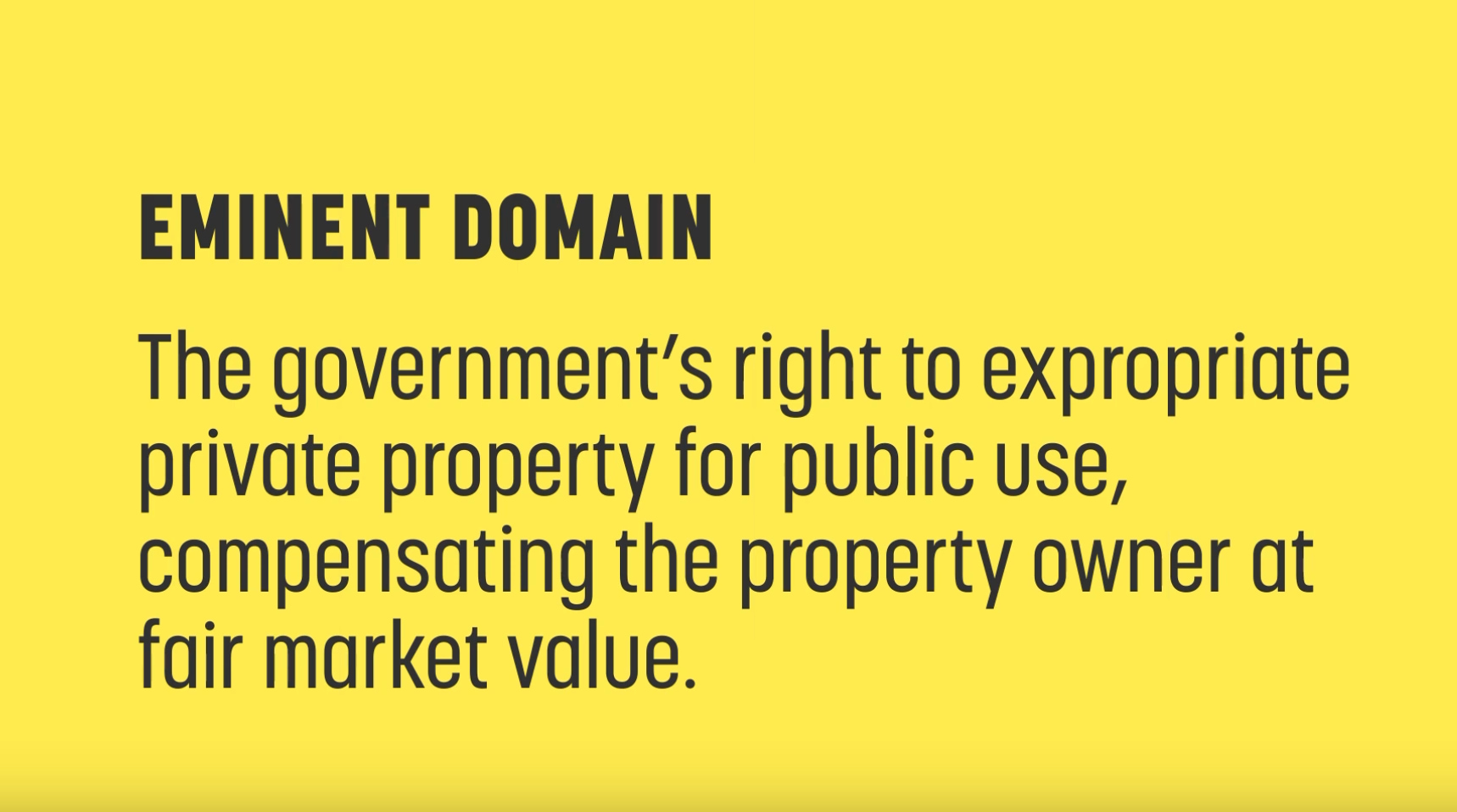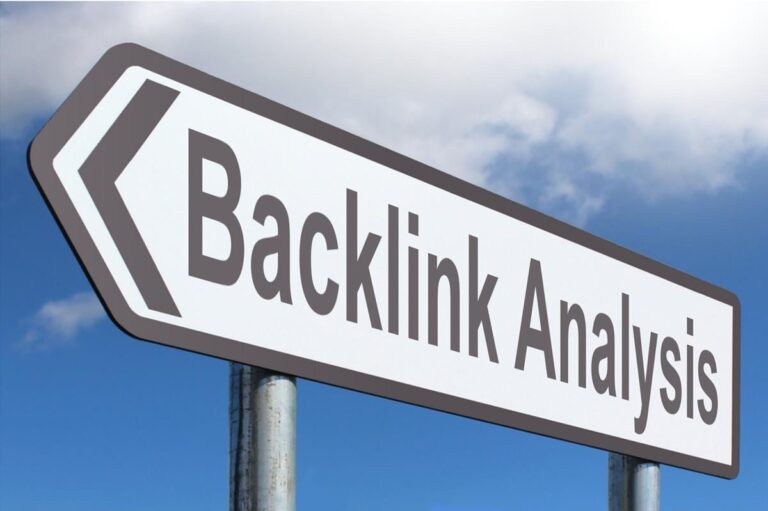Eminent domain or forced purchase expropriation, refers to the government’s ability to confiscate a citizen’s property for public benefit. In this case, monetary compensation is required, although the owner’s agreement is not. In some states, the government must first make an offer to buy the property at the owner’s price before using eminent domain.
Eminent domain land can be utilized for a range of reasons, including public or civic goals, as well as economic development in some circumstances. Railroads, roadways, and public utilities are the most common applications.
Eminent domain is frequently mistaken with condemnation. When a structure is condemned, it signifies that its state has rendered it unfit for human habitation. Unlike eminent domain, when the land can be taken irrespective of the building condition in exchange for financial compensation, the title remains in the hands of the owner in this scenario. The title transfers hands with eminent domain, but not with condemnation.
In an eminent domain case, the most contentious issue is usually how much cash constitutes “fair compensation.” A land appraisal or survey, combined with an accurate land survey, can aid in determining a reasonable price. When the government takes land by eminent domain, most homeowners or landowners believe the government has complete control. Having a good notion of how much money you should obtain will help you negotiate a good bargain. Some jurisdictions even incorporate a payment for a valuation to ensure that the property is not undervalued.
Eminent domain case
Furthermore, the property owner may contest the eminent domain right on the basis that the land will no longer be used for public purpose or that required procedures were not followed. In the US, each state has the authority to define what constitutes “public usage.” The majority of challenges on this ground involve the use of eminent domain to take land for redevelopment, particularly if the development will benefit other private persons. Unfortunately, this is an area where interpretation is left open, which might lead to resentment among individuals whose land is being seized for such developments. For ALTA surveying, see us at Redhawk in OKC. We do land survey, topographical survey and more.
Although eminent domain is typically used to acquire real properties, it can also be used to take supplies and intangible property such as patents and copyrights, especially during times of war. These rights are governed by the same principles that govern eminent domain in real estate.
Eminent domain has a long history in Europe, with the Magna Carta requiring payment in cash for invoking eminent domain rights. This concept was also used in early America; in fact, because property was plentiful, eminent domain typically did not entail compensation. Eminent domain is now governed by the Fifth Amendment of the United States Constitution, which requires compensation for land taken in this manner.









+ There are no comments
Add yours